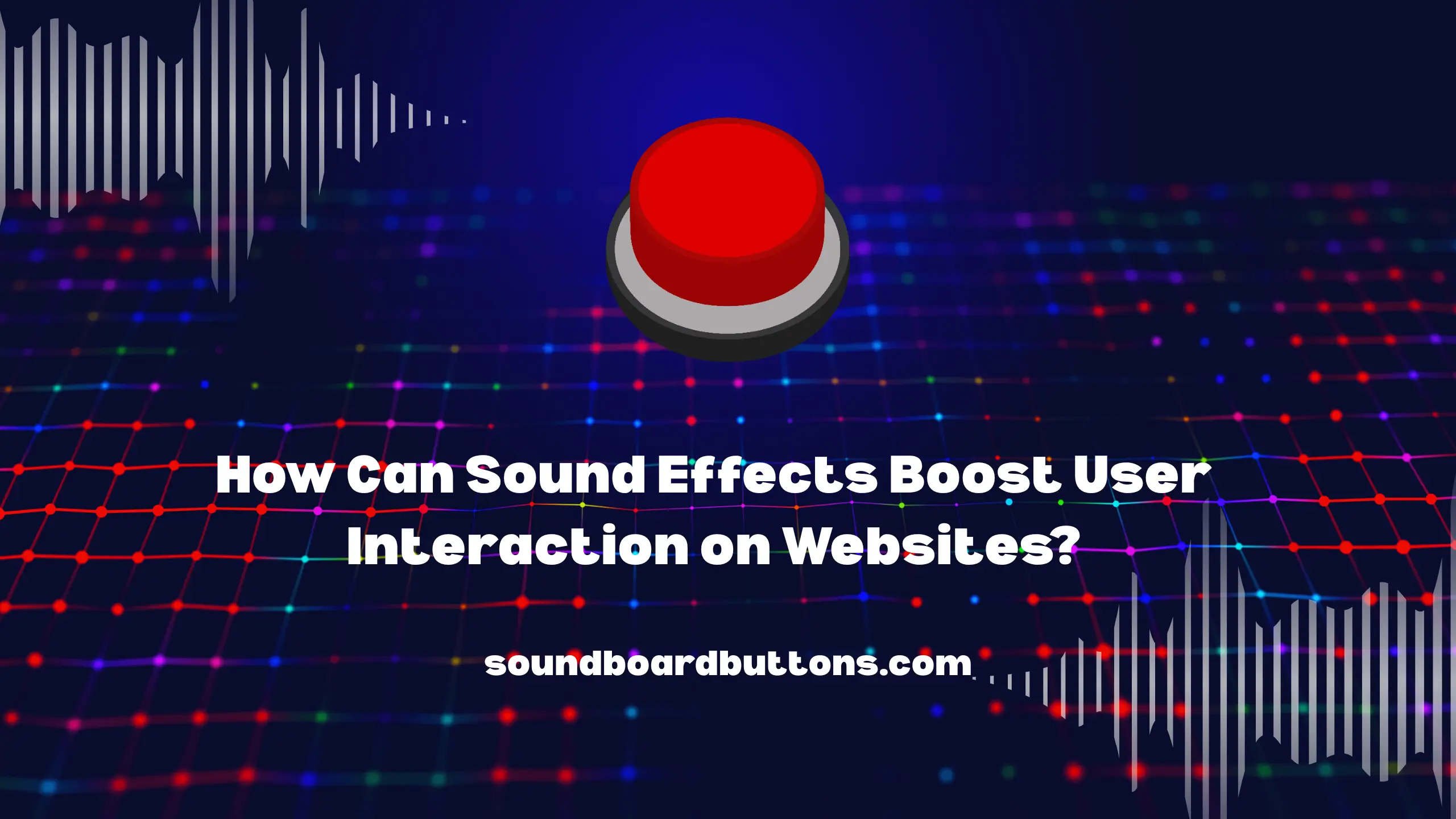Websites often prioritize visual appeal, but sound effects play a powerful role in shaping user experience. A well-timed audio cue can make interactions feel smoother, confirming actions instantly and guiding effortlessly. When used strategically, sound creates a more immersive digital environment, making users feel more connected to the interface.
Studies show that well-placed sounds can boost retention and engagement by reinforcing key actions. Whether it’s a subtle click, a success chime, or a gentle notification, sound effects provide real-time feedback, making interactions more intuitive and satisfying.
How Sound Affects User Engagement
Sound effects provide instant feedback, making interactions feel more responsive. They trigger psychological cues that reinforce user actions, reducing hesitation. Here is how well-placed audio can evoke emotions, shaping how users perceive a website and keeping them engaged longer:
Psychological Triggers and Faster Interactions
Sound effects reinforce actions in ways visuals alone cannot. Studies in human-computer interaction show that users perceive a website as faster when auditory feedback is present. For example, a soft “tap” sound when clicking a button reassures users that their action was registered.
Emotional Impact of Sound Design
Sound can trigger emotions and influence behavior. Research from the Journal of Consumer Research found that different sound frequencies create distinct emotional responses:
- Low-frequency sounds (deep tones) evoke urgency and importance.
- High-frequency sounds feel light and playful, enhancing enjoyment.
- Soft chimes and piano notes suggest luxury and sophistication.
A well-designed website can use these effects to shape user perception and keep visitors engaged longer.
How Sound Effects Can Increase Conversions
Strategic sound effects guide user actions and enhance the shopping experience. A subtle click or chime when pressing a CTA reassures users, while a cash register sound in e-commerce reinforces purchases. Gentle audio reminders for abandoned carts can also encourage users to complete transactions without feeling intrusive. Here is all about this:
Guiding Users with Audio Cues
Strategic sound effects help users steer a website with ease. A gentle click when pressing a CTA button reassures users that their action was successful. E-commerce platforms can add a cash register sound when adding items to a cart, reinforcing the buying process.
A study by the Baymard Institute found that 69% of online shoppers abandon their carts. Subtle audio reminders for abandoned carts, like a soft notification chime, can increase checkout rates without annoying users.
Reducing User Frustration
Websites that feel unresponsive drive users away. A simple error beep when filling out a form can instantly alert users to mistakes, improving form completion rates. Similarly, confirmation sounds when a file uploads successfully reduce uncertainty and frustration.
How Can Sound Create a Unique Brand Identity?
Consistent sound effects help brands stand out and build recognition. Just like logos and colors, signature audio cues create familiarity, making interactions more engaging. Companies can use distinct sounds for notifications, actions, or transitions to reinforce their brand identity.
The Role of Sonic Branding
Just as logos and typography shape brand identity, custom sound effects can make a website more memorable. Large brands like Netflix (“ta-dum”) and Apple’s startup chime have mastered this.
Websites can apply the same strategy by creating signature audio cues for notifications, transactions, or even unique interactions. For example:
- A finance app can use a deep, secure beep to reinforce trust.
- An e-learning platform might use soft tones when users complete a lesson, reinforcing progress.
- A travel website could feature background ocean waves or city sounds, enhancing the browsing experience.
How AI and Personalization are Changing Sound Design
AI enables adaptive sound effects that adjust based on user behavior, creating personalized experiences. Websites can use AI-driven audio to enhance interactions, match user preferences, and improve engagement in real-time.
AI-generated audio for Dynamic User Experiences
Advancements in AI and machine learning now allow for customized soundscapes based on user behavior. Websites can generate adaptive sound effects that change based on time spent, past interactions, or user preferences.
For example:
- A meditation app could adjust background audio based on a user’s selected mood.
- An interactive storytelling website might modify sound intensity depending on where the user is in the story.
These AI-powered enhancements create a more immersive and engaging experience, setting websites apart from static designs.
How to Balance Sound Without Overwhelming Users
Sound effects enhance engagement, but excessive use can frustrate users. To maintain a smooth experience, websites should ensure audio cues are short and subtle, preventing disruption. Sounds must be contextually relevant, reinforcing actions without feeling intrusive.
Additionally, offering user control, such as volume adjustments or mute options, allows for a more personalized experience. For example, Spotify’s interface features soft hover sounds, but users can easily manage their preferences. Striking this balance ensures sound enhances usability without becoming a distraction.
Conclusion
Sound effects make websites more interactive, guiding users with instant feedback and reinforcing key actions. They enhance engagement, shape brand identity, and improve the overall user experience.
With AI-driven personalization, websites can adapt sounds based on user behavior, creating even more immersive interactions. The key is balance, keeping sounds subtle, relevant, and optional. When used correctly, sound effects turn a website into a dynamic and engaging space.
